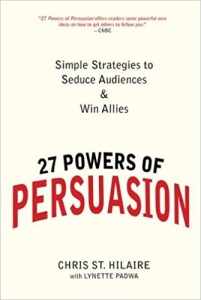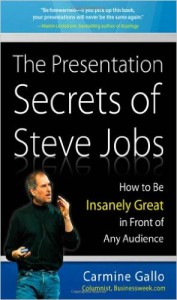Above All, Do No Puzzling in Blogging for Business
 “Many claim that the word “forte”, coming from the French fort, should properly be pronounced with one syllable. Common usage, however, prefers the two-syllable pronunciation (for-tay), which has been influenced by the music term forte, borrowed from Italian. Speakers can continue using forte as one syllable knowing that the origin of the word supports this pronunciation, but they do so at increasing risk of puzzling their listeners.”
“Many claim that the word “forte”, coming from the French fort, should properly be pronounced with one syllable. Common usage, however, prefers the two-syllable pronunciation (for-tay), which has been influenced by the music term forte, borrowed from Italian. Speakers can continue using forte as one syllable knowing that the origin of the word supports this pronunciation, but they do so at increasing risk of puzzling their listeners.”
For us blog content writers, of course, the “listeners” are our readers and, needless to say, puzzling those readers is absolutely the last thing we should aspire to do. (For bloggers, that is equivalent to the “above-all-do-no-harm” warning in the Hippocratic Oath.)
One way we can inadvertently puzzle readers is by using allusions (figures of speech) where the reference is unfamiliar. If we allude to someone’s “Achilles’ heel”, for example, we need to be pretty sure our readers’ level of education will allow them to know what we mean. If we mis-calculate their ability to recognize the allusion, the danger is they’ll find our content frustrating rather than illuminating.
“Basic English” simply means using words that people will understand,” says business humorist Todd Hunt. Blogging for business means using understandable, clear language. My own observation, based on working with different industries doing corporate blogging training, is that lack of clarity between writer and reader is worse with business-to-consumer corporate blog writing. But even among suppliers, consultants, and retailers within a single industry, there’s no question that the clearer the words are to all the parties, the easier it becomes for transactions to happen.
Clarity is the soul of business blog writing. Not only does making yourself clear keep online searchers from quickly “clicking away” to another website to find what they want, but clarity avoids misinterpretation of the message in each post.
Above all, do no puzzling in blogging for business!





Follow us online!